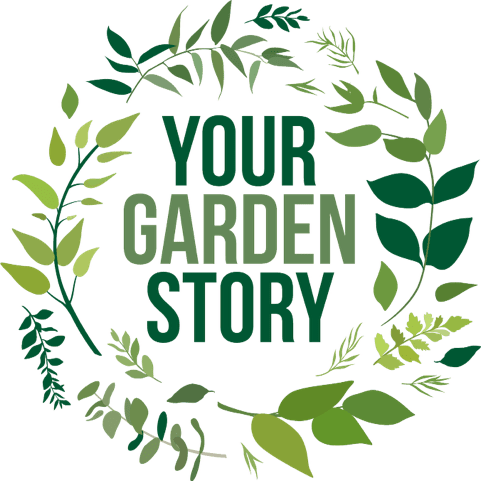So, what is a native plant?
There are many definitions, and it’s a term sometimes overly used to encourage us to purchase plants at our local nursery. The Audubon Trust definition; “Native plants are those that occur naturally in a region in which they evolved. They are the ecological basis upon which life depends, including birds and people. Without them and the insects that co-evolved with them, local birds cannot survive”. We would all agree that it’s a compelling reason to plant more natives. There are over 4,000 species of bees native to the United States, and they play a vital role in pollinating the plants we rely on in our communities. Unfortunately, pollinator populations are dropping because of pesticide use and loss of habitat. Bee populations, both native and honey bees, have seen sharp declines. According to the US Wildlife Federation, monarch butterflies have declined 94.6% in the last 20 years. It’s inspiring to know that our decisions about what we plant in our garden can have a meaningful impact on the environment, whatever the size of your garden. We can all make the world a greener place. As Doug Tallamy explains in the book Nature’s Best Hope, 83% of US land is privately owned, so we can impact climate change and create vibrant, resilient landscapes for the future.
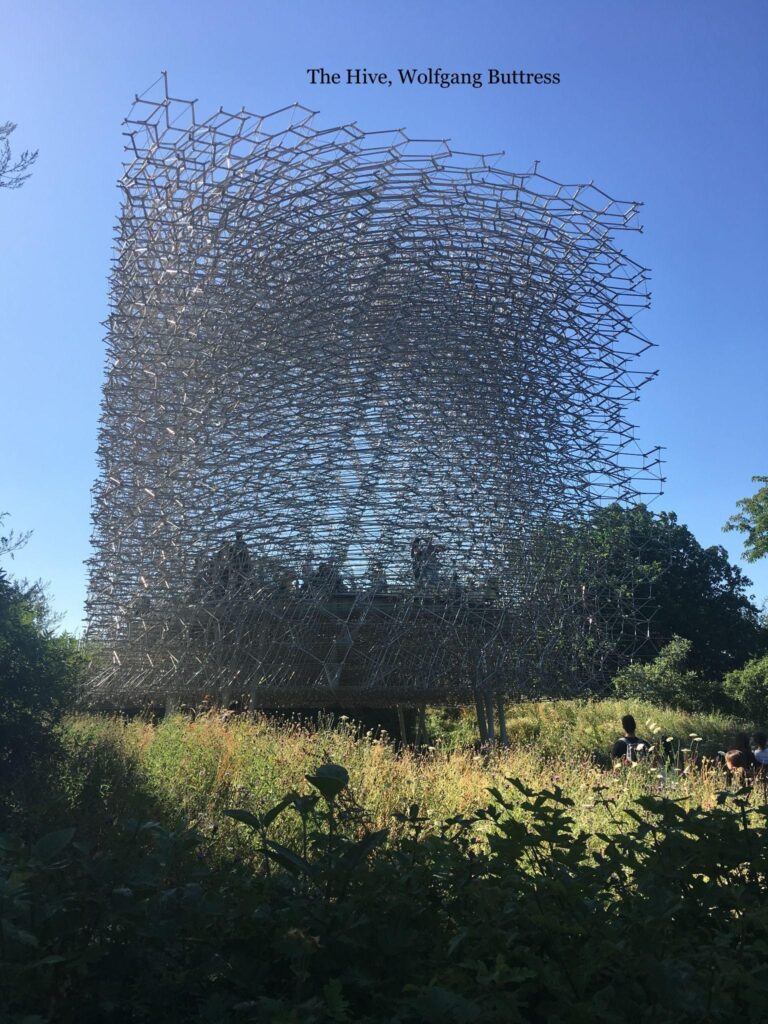
Why plant natives?
Even as a landscape designer, it was challenging to learn about native plants. Most plants I learned about at landscape school were alien species from other countries, sometimes referred to as exotic plants. However, overusing exotic plants breaks down the food chain; some have invasive habits or compete with natives. It was volunteering as the Native Plant Nursery Fellow at Gowanus Canal Conservancy that completely opened my eyes to the importance of natives and the range of plants available. Our wildlife depends on native plants for food and shelter, and, in turn, plants get seed dispersal and pollination. Native plants provide food and shelter for 10-15 times more species of birds, butterflies, and other local wildlife than their exotic friends, and they also keep each other in check. The qualities of native plants, especially flowering varieties, are beautiful additions to any garden or home. In addition, using
native plants in your garden saves time and money. Since native plants are adapted to a region’s soil and moisture conditions, they need to be watered less often, and once established, they are usually low maintenance. They have natural defenses and can better resist pest infestations, reducing the need for harmful pesticides and fertilizers.

Which natives can I plant in my region?
There is a great variety of native plants that you can use in any garden. Consider natives that are specific to your county or area. There are easy ways to research suitable plants for your garden. Lady Bird Johnson Wildflower Center has a database of regional native plants. It has a detailed search tool to help you think specifically about your region and the conditions of your garden.
I am a huge fan of gardening books; there is something about browsing a book that inspires me. An excellent book for the North American region is Wildflowers: A Guide to Growing and Propagating,
Native Flowers of North America (The New England Wild Flower Society). It’s wonderfully illustrated and informative. Also, bringing Nature Home by Douglas W Tallamy is a good read. It makes an excellent case for using natives and will give you a new appreciation of the interactions between plants and wildlife.
Check out your local plant nurseries. The range of native plants available in non-specialist nurseries is increasing rapidly; often, you will find a whole section dedicated to native plants. In addition, specialist native plant nurseries are much more accessible and usually owned/managed by people with knowledge and enthusiasm to share. Research your local native plant sales and take a browse. In NY, Long Island Natives and Gowanus Canal Conservancy are excellent sources, along with Earth Tones in Connecticut.
Investigate the Pollinator Pathway in your region. The Pathway is a locally organized volunteer group working to establish pollinator-friendly habitats along continuous corridors. Interestingly, most native bees have a range of about 750 meters, so the goal is to create pollinator locations between properties no farther apart than that. Pollinator pathways have been established in over 200 towns.
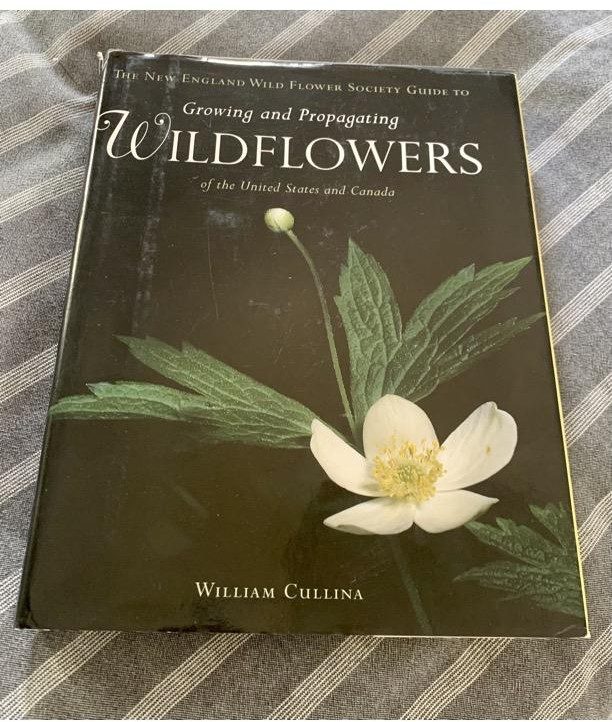
Where can I plant natives in my garden?
For those of you who have a lawn area, think about taking small areas of the lawn and creating pollinator islands. Or, if you have a steep lawned site with limited functionality, transform that into a place to experiment with pollinator plants. Choose a location in the garden that you see indoors or somewhere that lends itself to a seating area where you can sit and observe insects and birds enjoying pollinator spots. The gardening principle of the right plants in the right place holds. Try and avoid planting single plants; repeat in small groups and layers like in nature. Not all plants work for all pollinators, so diversity is essential to attract different pollinators. Diversity brings life and resilience to a garden; most plants need pollination partners for success. Stick to the straight species where possible, but if you have to use native cultivars, that is okay generally since they have limited diversity from the original and keep pollinator value. If you don’t have a garden big enough to plant natives, try growing some in containers. It’s a great way to learn about which plants work for which pollinators and see what works in your space.
Some favorite native plants
I hesitate to share my favorite native plants because there is so much to choose from, but I have had success and joy with some listed here.
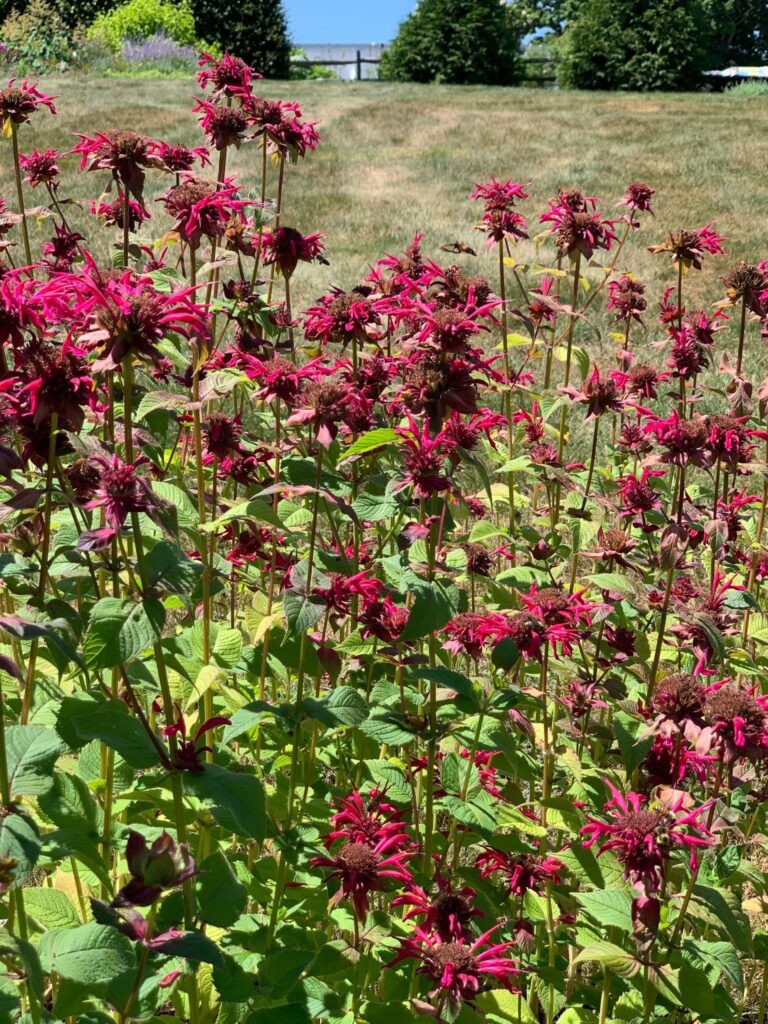
Monarda didyma, Oswego Tea
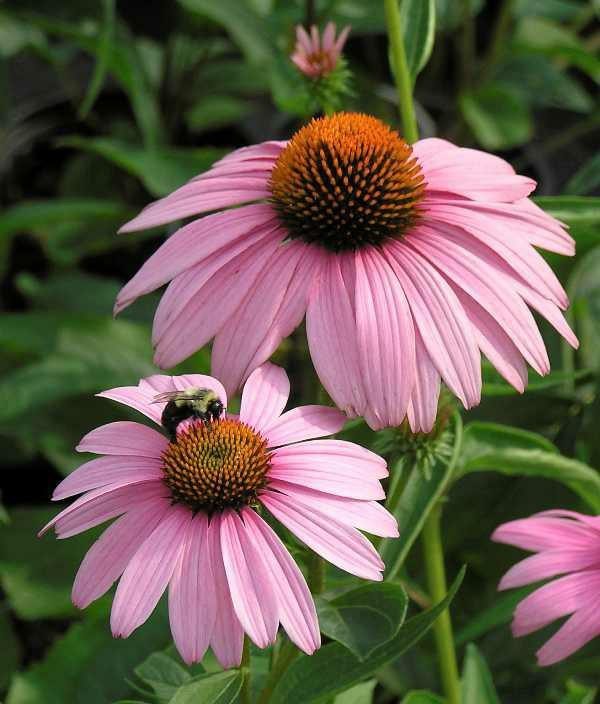
Echinacea purpurea, Purple Coneflower
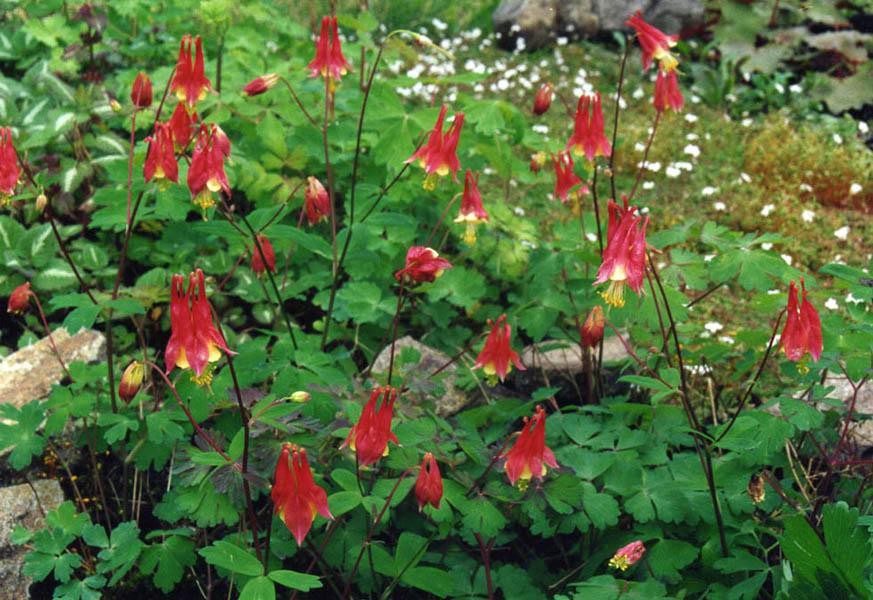
Aquilegia canadensis, Canada Columbine
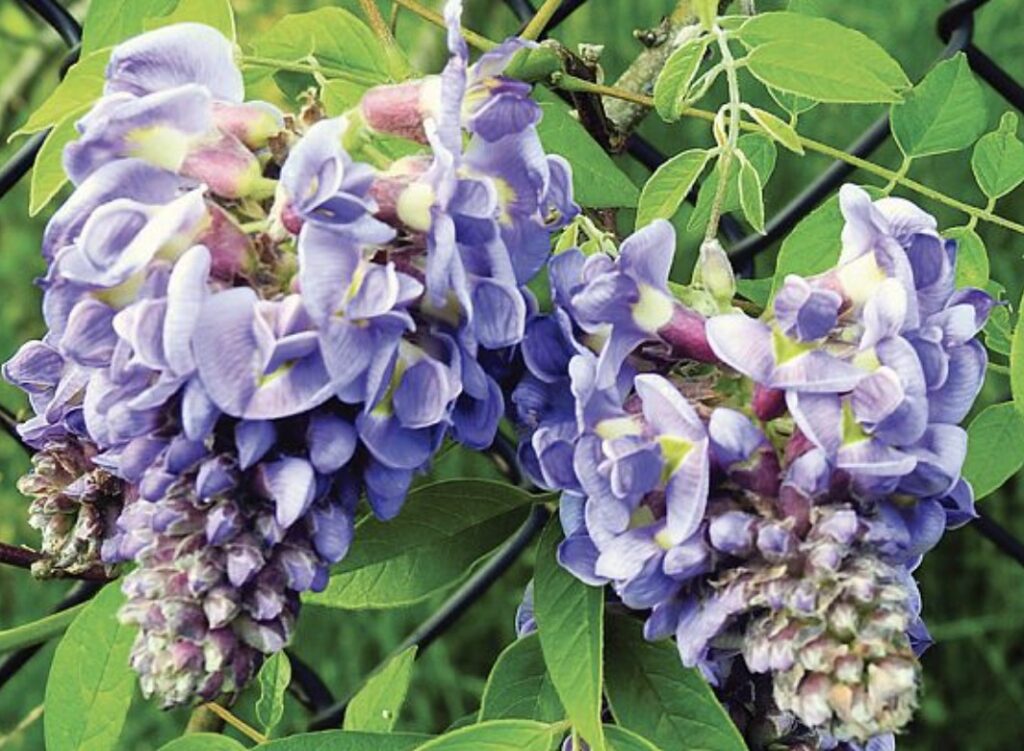
Wisteria frutescens, American Wisteria
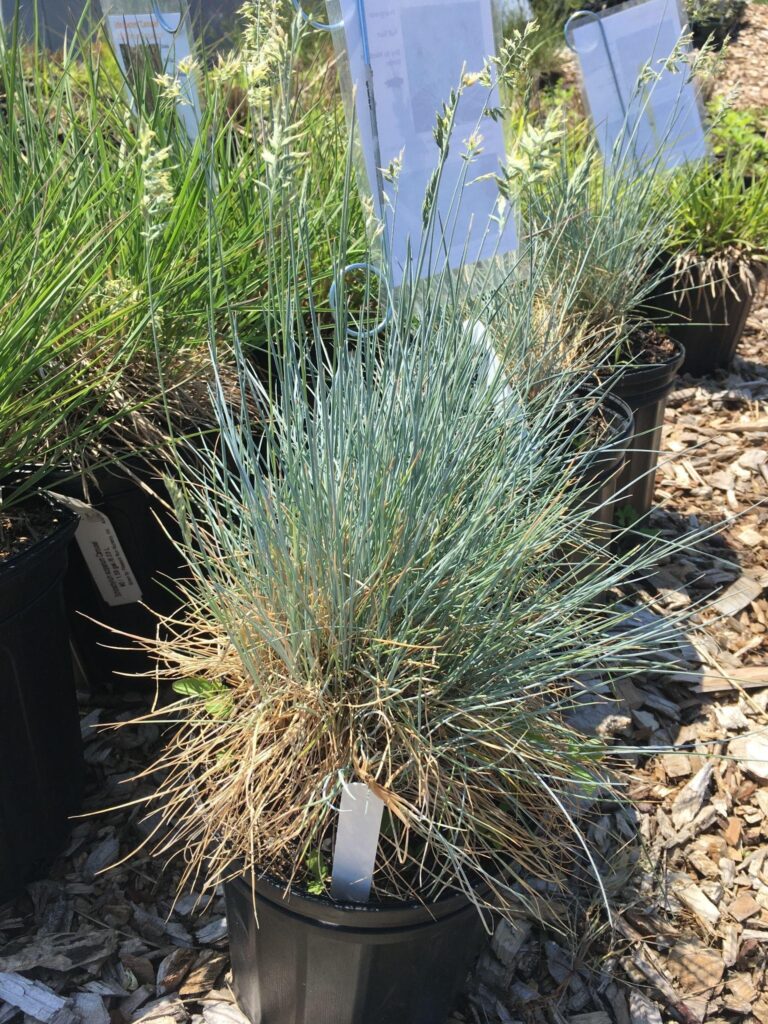
Juncus effusus, Common Rush

Agastache foeniculum, Anise Hyssop
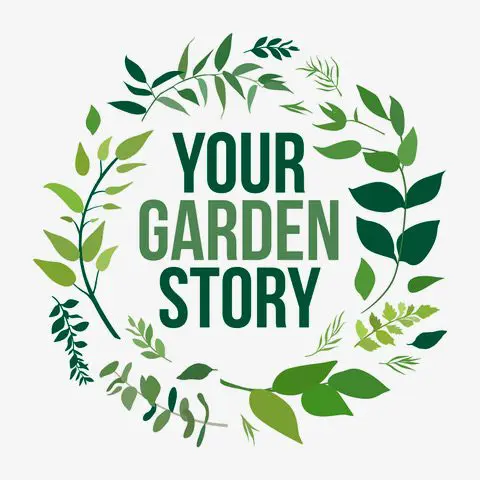
Get in touch
Get in touch if you want more information on native plants or any items included on my website or need help sourcing plants or containers. Your Garden Story is here to help bring out the gardener in all of us.
